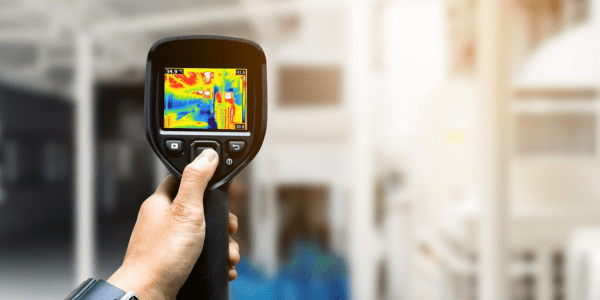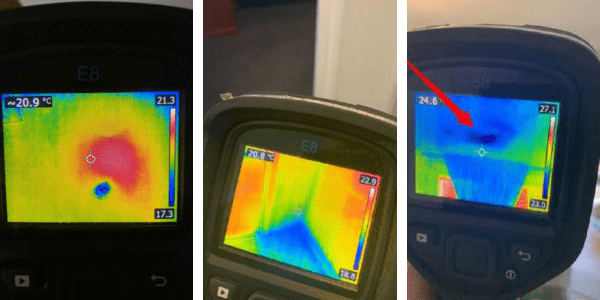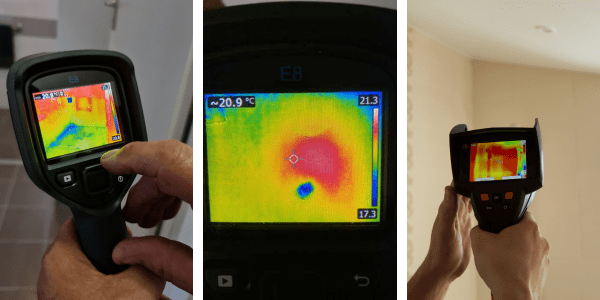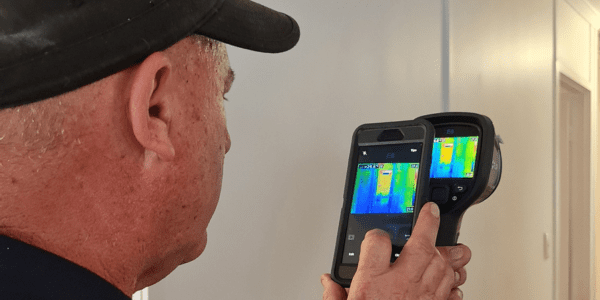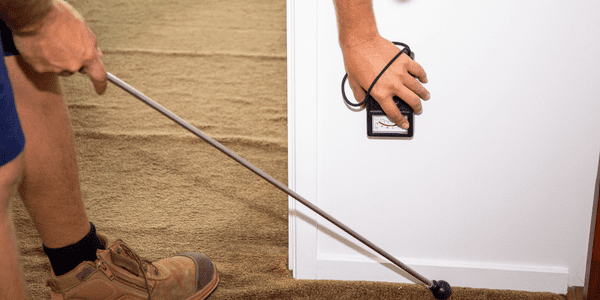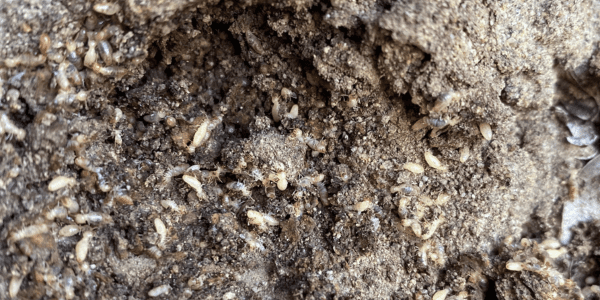Thermal Imaging For Termites
Learn how thermal imaging for termites work
Since becoming available, thermal imaging for termites has changed the industry. Previously, pest inspectors could only use their eyes, skills and experience to visually check for signs of termite activity.
Now, thanks to infrared technology and other devices, pest inspectors can gain additional insight into areas that they would otherwise be unable to see.
What is thermal imaging?
Thermal imaging for termites involves using an infrared camera to scan a property for the presence of termites by detecting unusual heat patterns. This technique is unique for detecting termites (a.k.a white ants) and is not effective for detecting other cold-blooded insects. When termites digest timber, heat is created. The heat that is produced is what is detected by the thermal imaging camera. Thus, helping pest inspectors to find them in hidden places.
Whilst this technique is extremely helpful, it is important to remember that only the heat generated by a large collection of termites can be detected on the camera. A single termite or a small gathering of termites is not quite enough to be visible on the camera.
How do thermal imaging cameras work to detect termites?
As mentioned above, when termites are gathered together, heat is generated. This means a thermal imaging camera doesn’t actually “see” the termites themselves but rather the generated heat.
When scanning the house, the inspector is predominately looking for areas that are warmer or colder on the thermal imaging camera. Significant changes in temperature can indicate that something is wrong.
For example, a warmer patch or area on the wall could indicate a termite nest or a heavy presence of termites. Whereas, a colder area could indicate a damp or hollowed-out timber created from past termite activity.
Limitations to a thermal imaging inspection
Whilst the thermal imaging camera will show the differences in temperature and general outline of the hot/cold item, it is not conclusive in revealing what the actual object or cause is.
For example, a hot area could be an electrical, hot water pipe or termite problem. That’s why pest inspectors will use other tools in conjunction with the thermal imaging camera.
Other tools used
In addition to thermal imaging, pest inspectors also use a moisture meter and sounding tool to confirm evidence of termites.
The moisture meter is used to detect abnormal moisture readings, especially around wet areas. Areas of high moisture are conducive to termite infestations as they love damp timber.
Similarly, the sounding tool is used to detect ‘hollow’ sounds in the building timber. A hollow sound in timber is often indicative of termites as they eat timber from the inside out.
What happens if termites are found during the thermal imaging inspection?
If termites are found during the pest inspection, your inspector will provide recommendations for treatment. This may involve eliminating the termites with a spot treatment, conducting further investigations, or installing a termite barrier.
If have found termites in your house – don’t disturb them! Cover them back up and wait for the pest inspector to attend to the property. As termites are shy creatures they will likely run and hide in a new location if disturbed – making it more difficult to treat.
Book an annual timber pest inspection today
The Queensland Building and Construction Commission recommends having your home checked for termites at least once a year. Termites are highly elusive creatures and can remain hidden for some time whilst eating your home.
Getting an annual timber pest inspection gives you peace of mind and ensures any termite activity is detected early – before they cause significant damage to your home.
At Dedant, our inspectors are fully licensed and highly experienced to carry out timber pest inspections and termite spot treatments. If would like to book or have any questions, don’t hesitate to get in touch on 07 3807 0122 or via our website.

